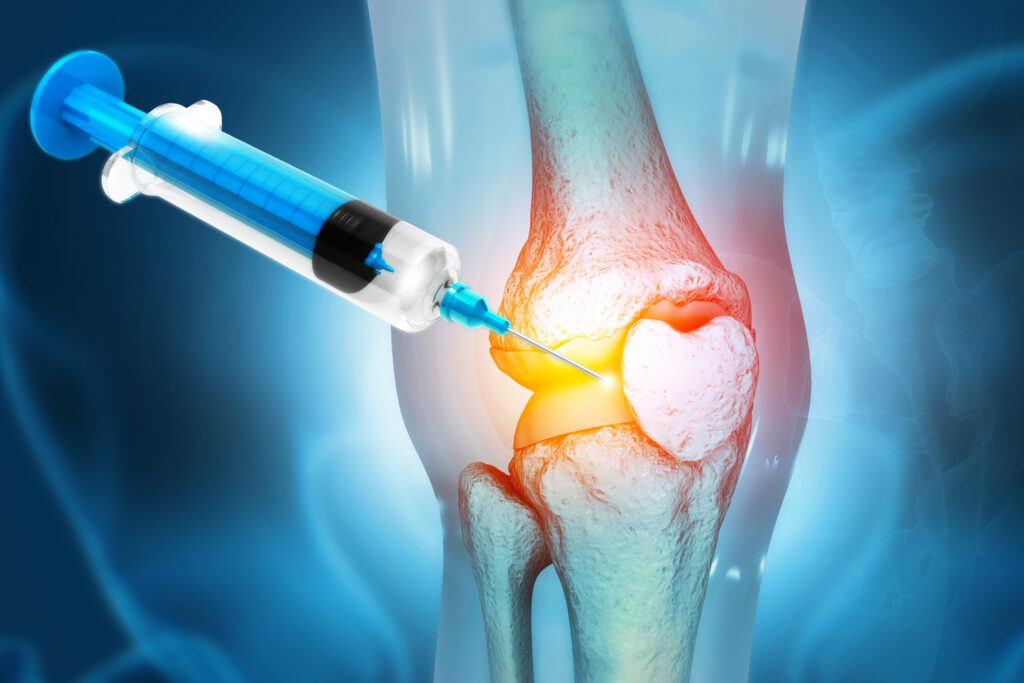Human bone marrow has long been recognized as a vital source of mesenchymal stem cells (MSCs), which possess significant anti-inflammatory and regenerative properties. Despite the small proportion of MSCs relative to other nucleated cells in bone marrow, recent studies have highlighted the remarkable benefits of utilizing bone marrow aspirate (BMA) for treating conditions like osteoarthritis (OA).
BMA is typically harvested from the posterior or anterior iliac crest, with less frequent collections from the proximal tibia. In an illuminating study conducted by a team of researchers, including E Mormone, L Savastano, G Rossi, F Maruccia, G Di Maggio, N P Sinisi, M Sandri, M Copetti, E De Santis, V Guerra, G Biancofiore, C Cisternino, E Caradonna, P Graziano, and F L Gorgoglione, the clinically beneficial concentration of MSCs obtained from BMA was thoroughly examined. Their research focused on the differences between MSCs harvested using the Marrow Cellution™ Aspiration System from the posterior iliac crest and proximal tibia, and those derived from autologous Platelet-Rich Plasma (PRP) prepared using a manual, closed system.
The findings of this research have significant implications for the treatment of osteoarthritis and other degenerative conditions. The study underscores the potential of using MSCs from BMA as a more effective therapeutic approach compared to traditional methods, such as PRP, which has been widely used in regenerative medicine. By comparing the phenotypic characteristics of MSCs obtained from different sites and methodologies, the authors aimed to determine the optimal conditions for enhancing the regenerative capacity of these cells.
The study’s rationale hinges on the idea that specific harvesting techniques and anatomical locations may yield varying concentrations and qualities of MSCs, ultimately influencing their therapeutic efficacy. The Marrow Cellution™ Aspiration System, for instance, offers a more refined method of aspirating bone marrow, which may facilitate the acquisition of a higher yield of MSCs, along with their associated growth factors.
As the field of regenerative medicine continues to evolve, research like this plays a crucial role in shaping treatment protocols and improving patient outcomes. The exploration of MSCs derived from bone marrow not only opens new avenues for treating osteoarthritis but also paves the way for advancements in various other musculoskeletal disorders.
In conclusion, the study by Mormone and colleagues highlights the promising potential of BMA-derived MSCs in regenerative therapies. It emphasizes the importance of optimizing harvesting techniques to maximize the therapeutic benefits of these cells. As further research unfolds, the hope is that such innovative approaches will lead to more effective and targeted treatments for patients suffering from degenerative diseases.


